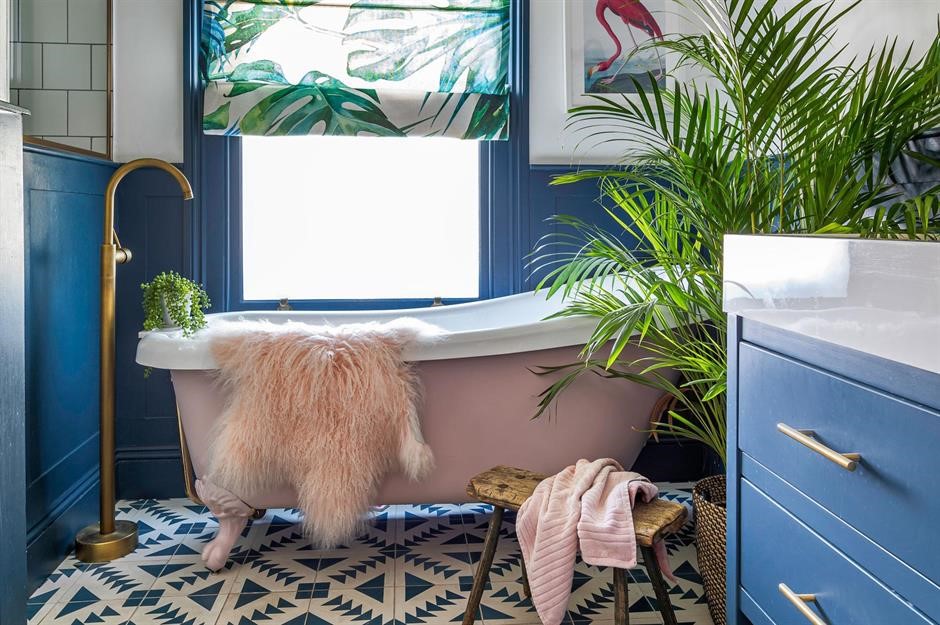Picking the Perfect Paint Color to Set the Right Mood”
It is important to consider the mood you want in your home. Do you want it to be soft and serene, warm and dramatic, or bright and cheerful? Identifying the purpose and vibe of the project will help you select the perfect paint color with intention, especially if you’ve given thought to how specific colors make you feel. The right color can not only make or break a design scheme, it can change the way you experience your space. Did you know that the associated moods of emerald green are positive, luxurious, jewel-like and up-scale? Were you aware that teal is associated with positive, serene, cool, tasteful, sophisticated and confident moods? Or that blue purples invoke contemplative, meditative, spiritual, soul-searching, intuitive, and enchanting moods? Think about how useful and crucial this information is when choosing paint colors for specific rooms in your home.
 Color adds to our daily lives and can put us in certain moods and make things more enjoyable to look at. On the other hand, how we experience color is very individual and depends on our previous experience with certain colors or tones. For example, one person might look at a white wall palette as peaceful, while others might find it boring and lacking energy or personality. When you begin to focus on colors, you’ll start making design decisions that pull a palette together that makes you feel a certain way. This process can be the trickiest part of all, as it is truly subjective and the place where you need to develop your own instincts and trust them. Understanding the power of colors is extremely valuable knowledge for any homeowner to embrace. To help you better understand how to pick the perfect paint color to set the right mood for you, I will take you through some important design tips that can help you make the best decision for the spaces in your home.
Color adds to our daily lives and can put us in certain moods and make things more enjoyable to look at. On the other hand, how we experience color is very individual and depends on our previous experience with certain colors or tones. For example, one person might look at a white wall palette as peaceful, while others might find it boring and lacking energy or personality. When you begin to focus on colors, you’ll start making design decisions that pull a palette together that makes you feel a certain way. This process can be the trickiest part of all, as it is truly subjective and the place where you need to develop your own instincts and trust them. Understanding the power of colors is extremely valuable knowledge for any homeowner to embrace. To help you better understand how to pick the perfect paint color to set the right mood for you, I will take you through some important design tips that can help you make the best decision for the spaces in your home.
~Find Paint Color Inspiration
Creating a mood is about building onto your foundation and putting forth an atmosphere that expresses the tone you want to encourage within a space. Start with imagining a place that embodies the mindset you are trying to achieve.
Color is one of the most powerful visual tools we have for influencing the mood of a space. It has an unconscious emotional pull, so take a moment and notice the colors that you are drawn to and start from there. If you are unsure, which a lot of us are, one of the best ways to do this is to picture a place that you love to go for a getaway or vacation and use that image as inspiration. Try and think more about how the place makes you feel more than how it looks. Maybe it’s a flower, food, a fabric or even clothing. Sometimes picturing that one simple bit of inspiration is enough to help get you going in the right direction.
Magazines and catalogs are also an amazing source of inspiration, as well as the internet. Social media sites such as Pinterest and Instagram offer color inspiration that is refreshed in real-time. Pinterest is great for creating inspiration boards for your favorite ideas and to pin rooms that catch your eye. This can really tell you a lot about what colors and moods you gravitate towards and help you create the perfect color palette for the feeling you’re after.
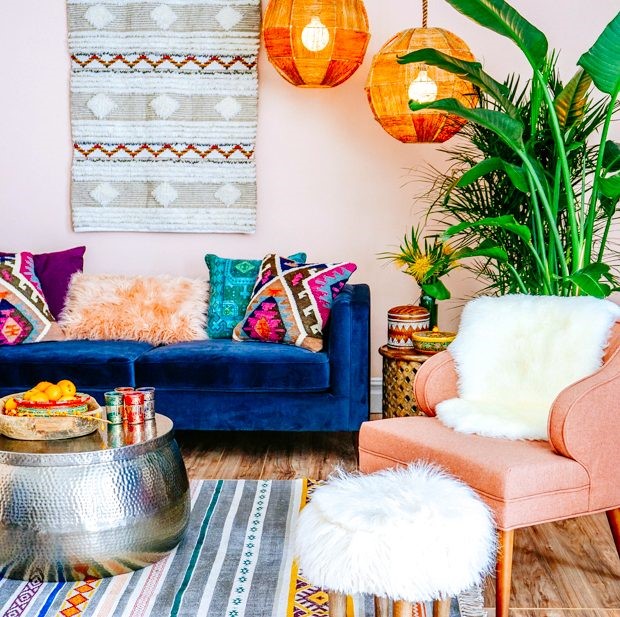
~Consider Each Room’s Role
It’s important to recognize the fact that not every room in your house plays the same role, therefore, not every room has to be painted the same color. Each room has its own personality – just like the people they are designed for. Ideally, you want some continuity among rooms so it doesn’t feel like you’ve entered a different house when you move from one room to another, but they should still stand independent and maintain their own identities. Consider the purpose of the room you’re painting, and what mood you’d like to reflect when choosing your paint color. You should choose colors that match the energy and movement of the room. For high-traffic areas like living rooms, foyers, and hallways you may want to choose warm colors such as light reds, oranges or yellows to create energy and vibrancy in the space. For sitting rooms, libraries and bedrooms you may want to choose cool colors such as blues, violets, and greens because they cultivate more tranquil atmospheres. Whatever the case, by first pinpointing the ambiance you’d like to achieve in that space, you can more quickly narrow your color palette down and decide which hue should anchor the room so that your spaces flow.
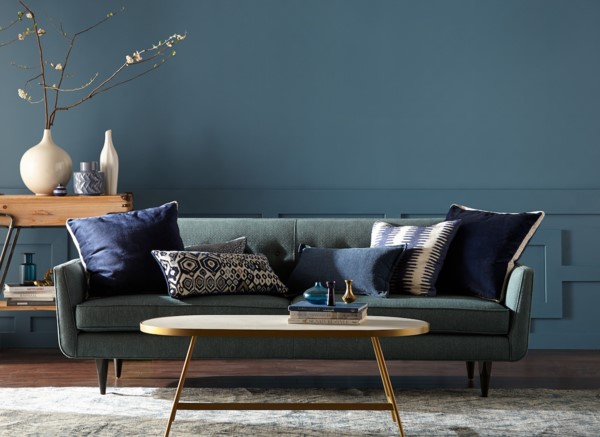
~Get Creative with Neutral Paint Colors
When in doubt, go neutral. If you’re unsure of the mood you’re going for, neutral colors are always smart options. Beige, gray, off-white and some browns can give a sort of blank canvas that will work with any décor. With neutral walls, you can let the colors of your accents or furniture create the mood for you. Neutral colors may seem bland at first, given a cursory glance, but they’re essential to design. They can complement every space and be used to create the illusion of space and light. Think of neutral colors as your foundation or the base that holds everything else together. Any multi-colored combination needs neutrals to ground it and keep it from feeling too crazy – even if it’s just one or two colors within a pattern. White or off-white rooms create a sense of space and cleanliness. Although, you can always spruce up your neutral color palette by being creative with how the colors are used. A paneled or textured wall in a neutral color adds tons of style but keeps the room looking relaxed.

~Choose Your Color Scheme or Personal Favorite Colors
After you’ve chosen what mood you want in a room, choose your color scheme. Color is ultimately a very personal thing that will evoke different feelings in different people. Even if the color you want goes against the rules of which color should be used in a specific space, the most important thing is that you are happy with it. Creating a color scheme is somewhat like putting together a puzzle. The paint color is only one piece of the puzzle. Window treatments, furniture, pillows, carpeting and lighting all affect the color and mood in the space.

~Take into Consideration Your Décor Before Picking Out Paint
Your paint should complement your furniture and other decor. Your sofa, a rug, or a painting that you can’t wait to hang, all matter when it comes to choosing a paint color that suits the rest of the room. Where do you want people to look when they step into a room? This is a key question you should ask yourself when choosing a paint color. If you have some wall art you are particularly proud of, choose a color that will emphasize that art. Choose wall colors that won’t wash out your fun furniture or take attention away from your focal points. It’s a good idea to scan the room for little details that you’d like to highlight and enhance by bringing in a complementary hue. Getting specific with your intention and desired mood empowers your color choices. Once you have a grasp on that, you can start thinking of what paint color will work best with your existing décor and furniture and that also best represents your personality.
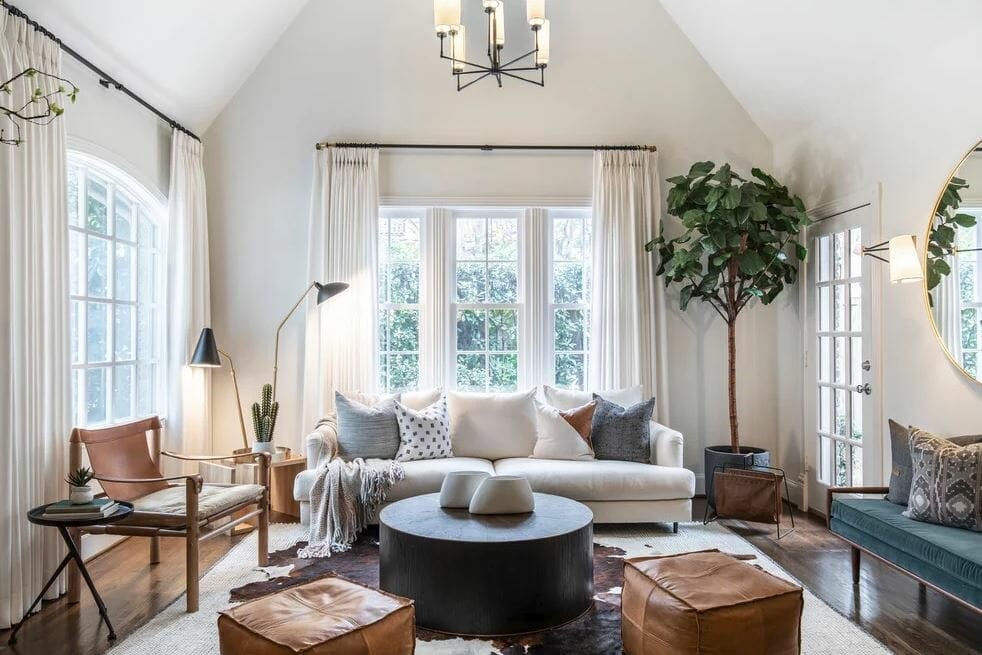
~Don’t Forget to Factor in Lighting
Before finalizing your paint color, be sure you first see what the color looks like in all different types of light. A paint color will change in different lighting, which can dramatically change the mood in a room. You don’t have to paint the entire wall, just start by painting a small corner of the room, then let it dry and give it a second coat. To test the paint color, bring in any lamps that are usually in that room, turn on overhead lights and open blinds or curtains. Set up the lighting in your room as if the room were finished. This will give you the most complete picture of how the finished paint will look. If you love the look, proceed. If not, it’s time to start looking for something else that appeals more to the vibe and feeling you want. Most hardware stores also have light boxes available so you can test the color without having to even paint. Using a light box, test your favorite paint chips in natural daylight since that will show its truest tone before making your final decision.
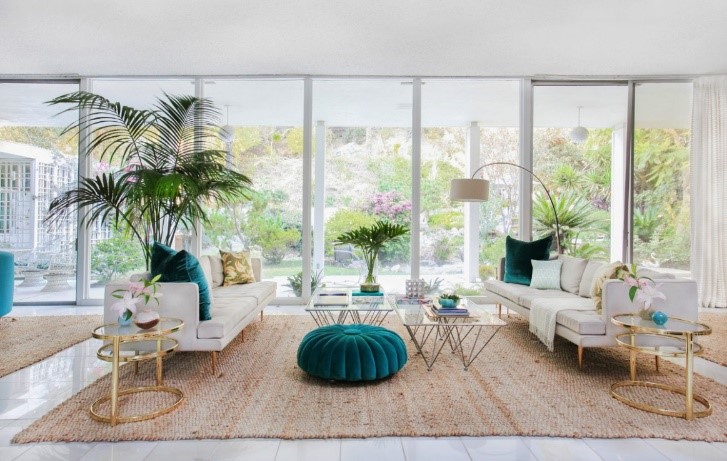
~Conclusion
So, as you can see, paint color does matter, and it is critical to be educated on the topic. Color is a powerful design tool that can make the rooms in your home feel more calm, cheerful, comfortable or dramatic. Most importantly, don’t forget to have fun with it! I hope you enjoyed today’s topic and look forward to seeing you all next time.
